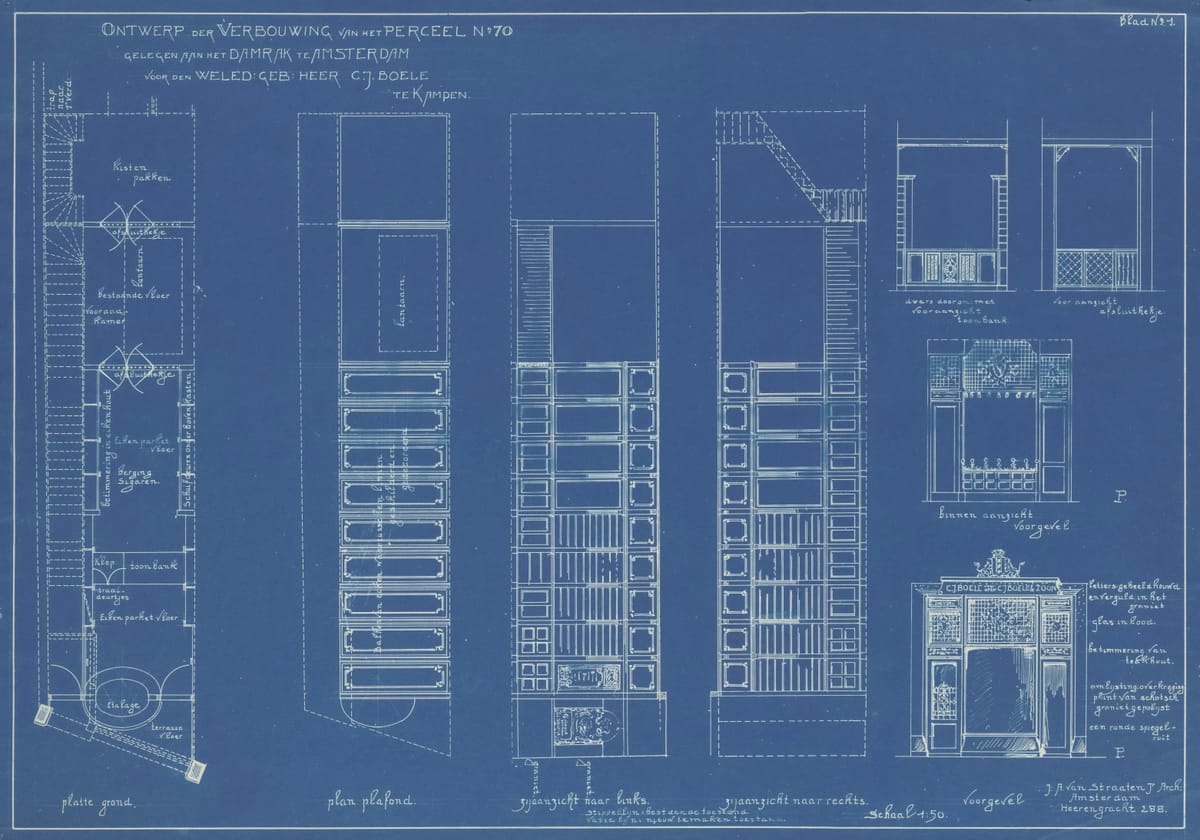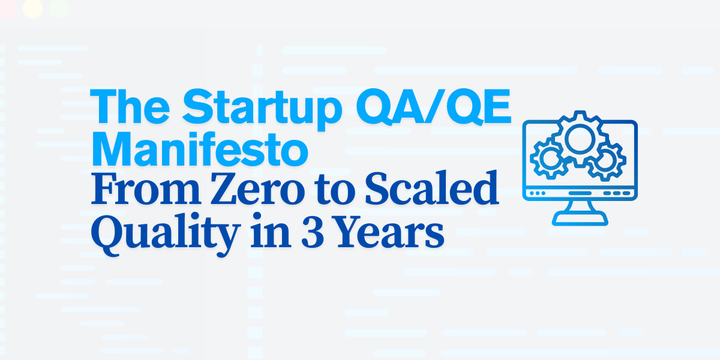⚖️ Lean Foundations > Legacy Overhead

Let’s talk about a painful truth in the software world:
Most enterprise QA systems are bloated.
What starts as good intention — documenting risk, expanding test coverage, creating structure — often ends in dysfunction.
I’ve seen it firsthand:
- Dozens of test plans no one reads
- Flaky automation suites everyone ignores
- Manual regression lists longer than the product backlog
- QA engineers spending more time babysitting pipelines than improving them
It’s easy to confuse complexity with maturity.
But bloated doesn’t mean robust.
And “comprehensive” doesn’t always mean confident.
I Don’t Want That Future
I come from the startup world. We don’t have the luxury of waste.
So I build lean, focused quality systems that serve the team — not the other way around.
Not because I hate process.
Because I believe process should accelerate delivery — not smother it.
I’ve worked in orgs where the test suite became a bottleneck, not a safeguard.
Where QA existed to chase tickets, not increase trust.
Where “automation coverage” became a vanity metric.
That’s not engineering.
That’s bureaucracy disguised as quality.
🛠️ Purpose-Driven QE
So here’s how I build instead.
I focus on what matters, not just what’s measurable.
We:
- Automate with intention — not just because we can
- Test the riskiest paths — not the easiest ones (I love a challenge!)
- Validate actual user value — not implementation details
This is not minimalism for minimalism’s sake.
It’s engineering with purpose.
Every test in our suite answers one question:
“Will this help us ship faster, safer, or smarter?”
If the answer is no? We don’t write it.
If the test breaks often? We fix it or delete it.
If no one trusts the result? We redesign it.
🔍 It’s Not Just About Less — It’s About Better
Lean doesn’t mean reckless.
It means optimized.
I still value:
- Traceability to requirements
- Visibility in CI pipelines
- Collaboration between dev, product, and QA
But I get there with clarity and constraint — not spreadsheets and ceremony.
Instead of 10 flaky end-to-end tests, I might write 3 high-signal ones that guard the core user flow.
Instead of duplicating test logic in every file, we use robust fixtures and Page Objects.
Instead of blindly automating everything, we work closely with PMs to prioritize tests that actually reflect user impact.
🧬 What Lean Looks Like in Practice
Here’s what a lean, purpose-driven QE system looks like:
- ✅ A smoke suite that runs in 2–3 minutes, every PR
- 🧪 Regression tests that are stable and relevant to real product risk
- 📦 Fixtures and test data strategies that scale with teams
- 📊 Dashboards that show release readiness, not vanity metrics
- 🔄 Feedback loops from product, dev, and QA — in Slack, in Allure, in every PR
- 🔥 A team that trusts the tests because they’re useful, fast, and clear
We don’t build QA that impresses auditors.
We build QA that unlocks velocity.
🧠 Less Waste, More Trust
When you cut the bloat, you uncover something powerful:
Confidence.
Confidence that:
- Developers can merge without fear
- PMs can greenlight a release without second-guessing
- Testers can spend more time thinking, less time re-running scripts
This is the real ROI of lean foundations.
Not just speed — but trust.
And trust is what powers scale.
🌱 Start Small. Stay Smart. Scale Well.
You don’t need 2,000 tests and a 400-page test strategy to “act like an enterprise.”
You need:
- Clean architecture
- Clear priorities
- A test suite that grows with your team — not against it
So whether you’re five engineers or five hundred, start asking the hard questions now:
Are our tests useful — or just present?
Do they give us confidence — or just coverage?
Are we building quality — or just checking boxes?
The best QA isn’t a fortress.
It’s a flywheel.
Build it lean.
Build it smart.
Build it to last.
✍️ Like posts like this?
Follow Break the Build for weekly deep dives on scalable QA, Playwright frameworks, CI/CD strategy, and AI in testing.



Comments ()